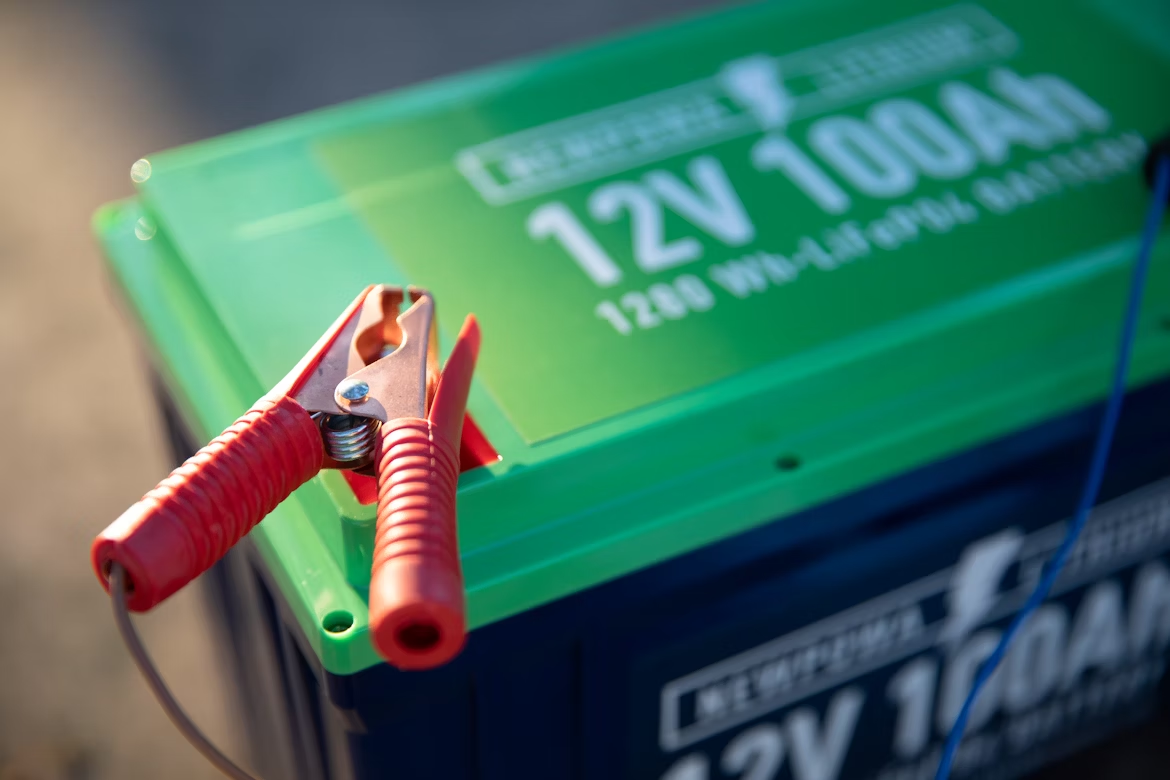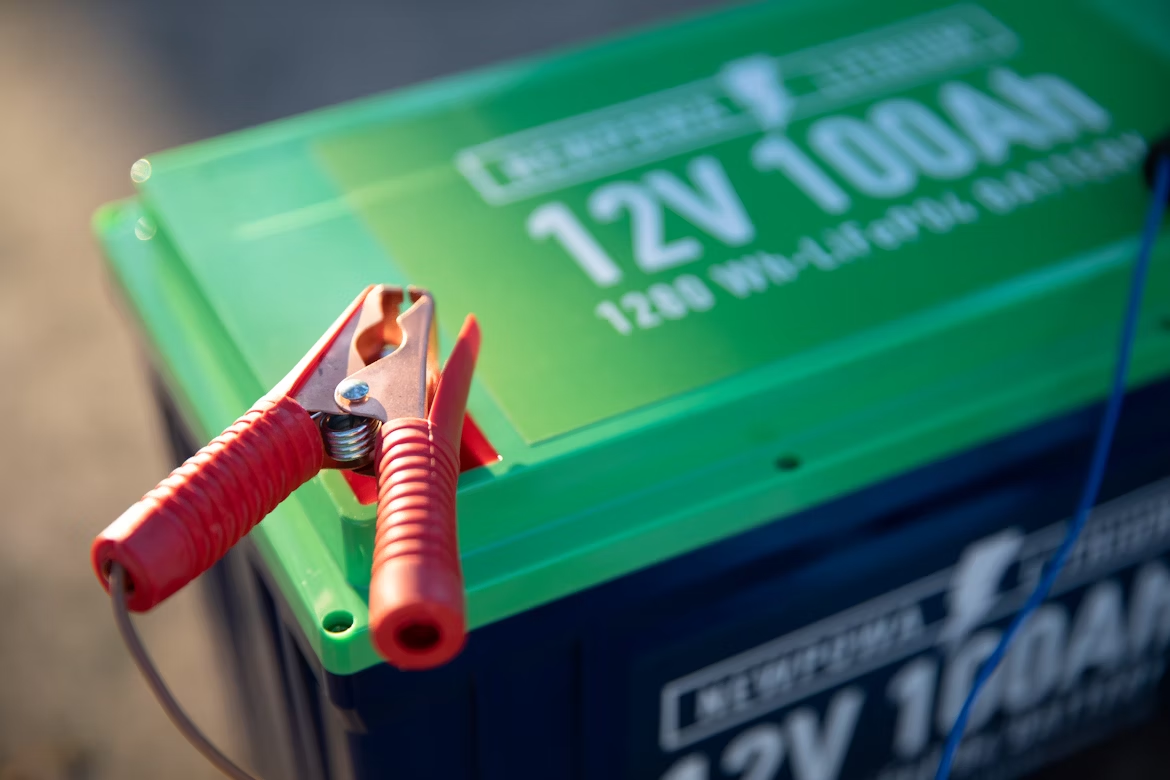Preparing your car for long-term storage requires more than just choosing the right spot in the garage. One of the most overlooked components during this process is the car battery, a part that can easily lose its charge or become damaged without proper attention. Whether you’re planning an extended trip, storing a classic vehicle, or simply stepping away from your daily driver for a while, understanding how to care for your battery will help prevent unexpected problems down the road. Many vehicle owners rely on trusted experts when searching for a Philadelphia, PA auto repair to guide them through this essential maintenance.
It’s easy to underestimate the significance of proper battery care, but a well-maintained battery is key to ensuring your vehicle starts up smoothly once storage ends. At some point, most vehicle owners have experienced the frustration of a dead battery, which is why prevention is so important. At Schafer’s Auto Center, we’ve seen firsthand how diligent storage preparation can save you time, money, and stress. With a few simple steps and the right preparation, you can help your car battery stay in optimal condition for as long as your vehicle is stored.
Why Long-Term Storage Affects Your Car Battery
When a car sits idle for weeks or months at a time, its battery experiences subtle but significant changes that can lead to loss of power. Modern vehicles are equipped with advanced electrical systems, and even when the ignition is off, components like security alarms, clocks, and onboard computers draw small amounts of electricity from the battery. Over time, this continuous drain can completely discharge the battery, making it impossible to start the car when it’s time to use it again. If the battery discharges too much, it can also suffer from sulfation, where lead sulfate crystals form and reduce its ability to hold a charge. This process can shorten its overall life and effectiveness. For these reasons, anyone planning long-term vehicle storage should consider how inactivity impacts battery health and take preventative measures to avoid inconvenient and costly surprises once storage ends.
Steps to Remove and Store the Battery Safely
The best way to prevent unwanted battery drain is to disconnect and, if possible, remove the battery before storing your vehicle long-term. Start by ensuring the car is turned off and the keys are removed from the ignition. Use gloves and safety glasses to protect yourself since car batteries can release harmful acid or gas. Begin by disconnecting the negative terminal first, followed by the positive terminal. Carefully lift the battery from its tray and place it on a clean, dry surface. It’s important to store the battery in a cool, dry location away from direct sunlight or extreme temperatures, as both heat and cold can affect performance and lifespan. Placing the battery on a wooden or plastic surface rather than concrete helps prevent energy loss and corrosion. Throughout storage, occasionally check the battery for leaks or corrosion, cleaning the terminals if needed with a mixture of baking soda and water and a soft brush.
Maintaining Battery Charge During Storage 
Even with careful removal and storage, car batteries naturally lose their charge over time. To counteract this, use a battery maintainer or trickle charger designed to keep the battery at the proper voltage without overcharging it. These devices connect easily to your stored battery and provide a slow, steady current that matches the energy the battery naturally loses. It’s important to select a charger specifically intended for use with car batteries to avoid damaging delicate internal components. If using a maintainer is not an option, it’s smart to periodically check the battery’s voltage using a digital voltmeter. If the voltage drops below the recommended level, give it a full charge with an appropriate automotive charger. Taking these simple steps ensures your battery will have enough power to start the engine reliably after storage.
Inspecting and Cleaning the Battery Before Reinstallation
Once the storage period is over, it’s not wise to simply install the battery and hope for the best. Begin by inspecting the battery carefully for visible damage, cracks, or leaks. Any sign of corrosion on the terminals should be cleaned gently using a combination of baking soda, water, and a soft brush to ensure a good connection. Check the battery voltage using a voltmeter to confirm it is sufficiently charged. If it is not fully charged, replenish it using a proper battery charger before reinstalling. When installing the battery, connect the positive terminal first, followed by the negative, and ensure both connections are secure to prevent electrical issues. If the battery has removable caps, check the fluid levels and top them off with distilled water as needed. These critical steps help ensure the battery is safe, clean, and ready to deliver consistent performance as soon as your car is ready for use.
Tips to Extend Battery Life Between Storage Periods
Taking care of your battery is not limited to storage periods. Even when you resume regular vehicle use, forming good battery habits can add years to its lifespan. Start by making sure all electrical components are turned off before exiting your car so the battery does not discharge unnecessarily. Drive your vehicle regularly, even for short trips, to help the alternator recharge the battery. It’s also helpful to keep the battery terminals clean and free of corrosion, which can otherwise lead to poor connections and power loss. Using a battery insulation kit can help moderate the battery’s exposure to extreme temperatures, whether hot or cold. If you suspect the battery quality is declining, have it tested by a professional to assess its health. With a commitment to ongoing care, you can maximize the reliability and longevity of your battery, ensuring dependable starts regardless of season or travel schedule.
Taking a few proactive steps to care for your car battery before long-term storage will help you avoid unnecessary frustration and expenses in the future. By storing your battery correctly, maintaining its charge, and giving it a thorough inspection before putting it back into service, you help protect both the lifespan of your battery and the overall health of your vehicle. If you have questions about the process or need guidance from a trusted Philadelphia, PA auto repair, we invite you to contact Schafer’s Auto Center. Our experienced team is always here to provide expert advice and help ensure your car is ready whenever you are, so give us a call today for friendly support and assistance.




